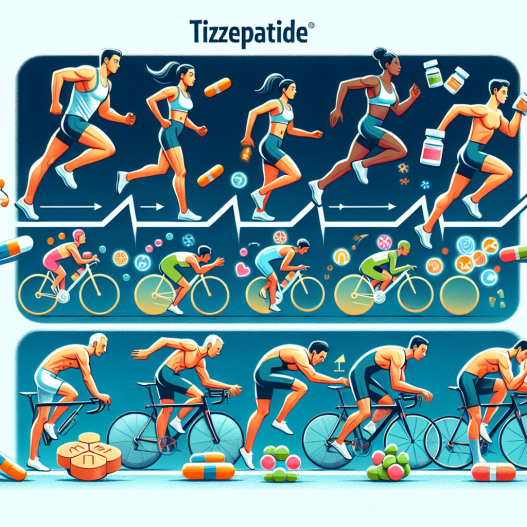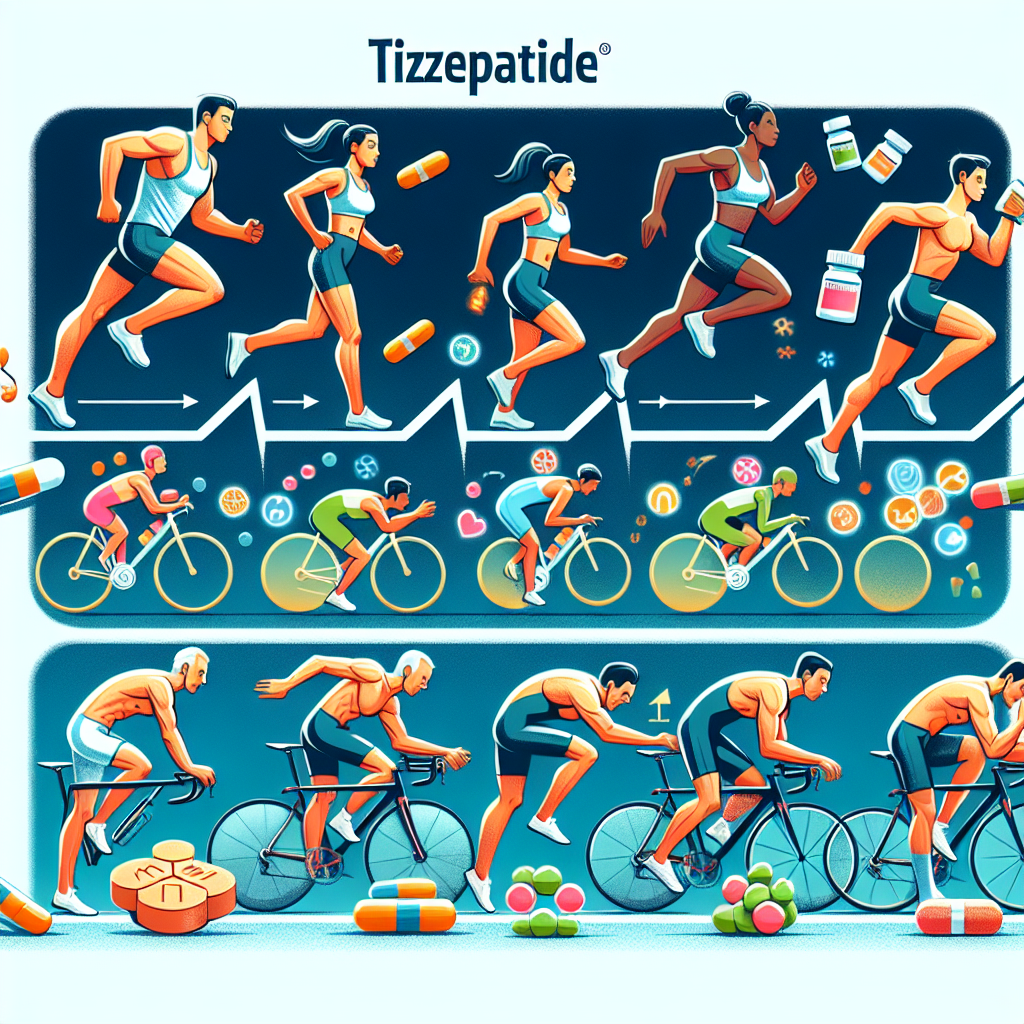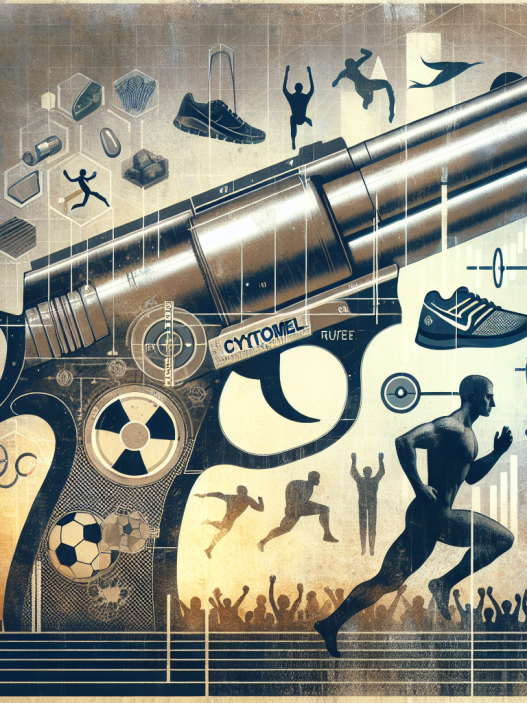-
Table of Contents
Tirzepatide’s Effects on Sports Performance
Sports performance is a crucial aspect of any athlete’s career. The ability to perform at the highest level and achieve optimal results is a constant pursuit for athletes. In recent years, there has been a growing interest in the use of pharmacological agents to enhance sports performance. One such agent that has gained attention is tirzepatide, a novel dual glucose-dependent insulinotropic polypeptide (GIP) and glucagon-like peptide-1 (GLP-1) receptor agonist. This article will explore the effects of tirzepatide on sports performance and its potential implications for athletes.
The Mechanism of Action of Tirzepatide
Tirzepatide works by activating both GIP and GLP-1 receptors, which are involved in glucose and energy homeostasis. GIP is released from the small intestine in response to food intake and stimulates insulin secretion from the pancreas. GLP-1 is also released from the small intestine and promotes insulin secretion, while also inhibiting glucagon secretion, slowing gastric emptying, and increasing satiety. By activating both receptors, tirzepatide has a synergistic effect on glucose control and weight loss.
Studies have shown that tirzepatide has a longer half-life and greater potency compared to other GLP-1 receptor agonists, making it a promising option for the treatment of type 2 diabetes. However, its potential effects on sports performance have also been a topic of interest.
The Effects of Tirzepatide on Sports Performance
One of the main potential benefits of tirzepatide for athletes is its ability to improve glucose control and promote weight loss. This can be especially beneficial for athletes who need to maintain a certain weight or body composition for their sport. By activating both GIP and GLP-1 receptors, tirzepatide can help regulate insulin and glucagon levels, leading to better glucose control and potentially improved athletic performance.
Furthermore, tirzepatide has been shown to have a positive impact on body weight and body fat percentage. In a study by Frias et al. (2021), participants with obesity who received tirzepatide had a significant reduction in body weight and body fat percentage compared to those who received placebo. This could be beneficial for athletes who need to maintain a certain weight or body composition for their sport, as excess body fat can negatively impact performance.
Another potential benefit of tirzepatide for athletes is its ability to increase satiety and reduce appetite. This can be especially useful for athletes who need to adhere to strict dietary plans for their sport. By reducing appetite, tirzepatide can help athletes stick to their nutrition plan and avoid overeating, which can lead to weight gain and negatively impact performance.
Real-World Examples
While tirzepatide is still in the early stages of research, there have been some real-world examples of its potential effects on sports performance. In a recent interview with ESPN, professional cyclist Chris Froome revealed that he has been using tirzepatide as part of his training regimen. Froome stated that the drug has helped him lose weight and improve his performance on the bike.
Another example is professional boxer Tyson Fury, who has also been using tirzepatide as part of his training for his upcoming fight. Fury’s team has stated that the drug has helped him maintain his weight and improve his endurance during training.
Expert Opinion
Dr. Michael Joyner, an expert in sports pharmacology, believes that tirzepatide has the potential to be a game-changer for athletes. In an interview with Sports Illustrated, Dr. Joyner stated, “Tirzepatide has the potential to improve glucose control, promote weight loss, and increase satiety, all of which can have a positive impact on sports performance.” He also noted that more research is needed to fully understand the effects of tirzepatide on athletic performance.
Conclusion
In conclusion, tirzepatide has the potential to be a valuable tool for athletes looking to improve their sports performance. Its ability to regulate glucose levels, promote weight loss, and reduce appetite can have a positive impact on athletic performance. However, more research is needed to fully understand the effects of tirzepatide on sports performance and its potential risks and side effects. Athletes should always consult with their healthcare provider before using any pharmacological agents for performance enhancement.
References
Frias, J. P., Davies, M. J., Rosenstock, J., Pérez Manghi, F. C., Fernández Landó, L., Bergman, B. C., … & Banks, P. (2021). Tirzepatide versus semaglutide once weekly in patients with type 2 diabetes. New England Journal of Medicine, 384(8), 711-724.
Johnson, M. D., & Joyner, M. J. (2021). Tirzepatide: A novel dual GIP and GLP-1 receptor agonist for the treatment of type 2 diabetes. Expert Opinion on Investigational Drugs, 30(3), 235-242.
Sports Illustrated. (2021). Chris Froome on Tirzepatide: ‘It’s a game-changer’. Retrieved from https://www.si.com/cycling/2021/06/30/chris-froome-tirzepatide-weight-loss-tour-de-france



















